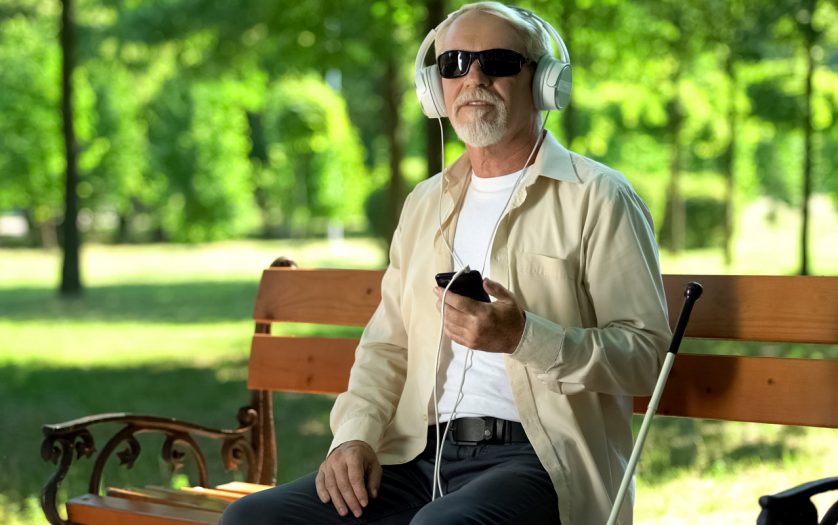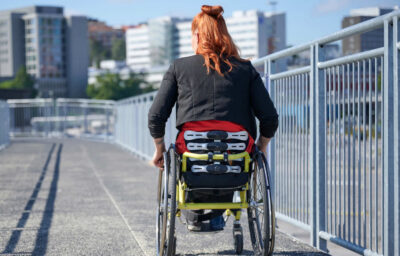
‘Stories on the Net’ is a program that connects people with vision disabilities who seek to access literature with volunteers who love to read aloud.
The Tiflonexos organization, which runs the program, receives stories recorded in WhatsApp audios or by mail and distributes them to almost 400 Spanish-speaking users from different countries around the world.
Gladys, 65, has always been passionate about reading. Her nose was always in novels based on historical events and police – her favorite genres – until about twenty years ago, when the letters began to fade in front of her eyes, eventually disappearing permanently. Diagnosed with retinitispigmentosa at age 18, Gladys’ vision gradually diminished over time. “Today I only distinguish people as diffuse figures if they are close,” she said.
When Gladys could no longer see to read, her children, friends and libraries would send her texts that were read by machines. She was not interested in learning braille.
Last year, Gladys was put in contact with Pablo Lecuona who, together with a group of friends, created Tiflonexos, an online library for Spanish-speaking people with vision disabilities. And in the midst of a global pandemic, Tiflonexos and Puentes de Libros launched Stories on the Net, a simple but effective program that strives to bring literature closer to people with vision disabilities.
To achieve this, people volunteer to record audio stories. The volunteers choose a story and record it, reading with a clear voice and without ambient noise. They always say their name, the title and the author of the text to be read at the beginning of the recording. Then they send the audio by mail to community@tiflonexos.org or by WhatsApp to + 54-911-5895-1047, so that the organizations can forward it free of charge to almost 400 people with vision disabilities who have subscribed, by mail or WhatsApp, to receive it.
“What we did not expect was to have the scope we had in such a short time,” said Lecuona.
And the initiative can continue to grow much more. The National Institute of Statistics and Censuses (INDEC) estimated, in 2018, that almost 900,000 people had some degree of vision impairment in Argentina. Specifically, 96.4% had “great difficulty seeing” and the remaining 3.6% could not see “anything.”








